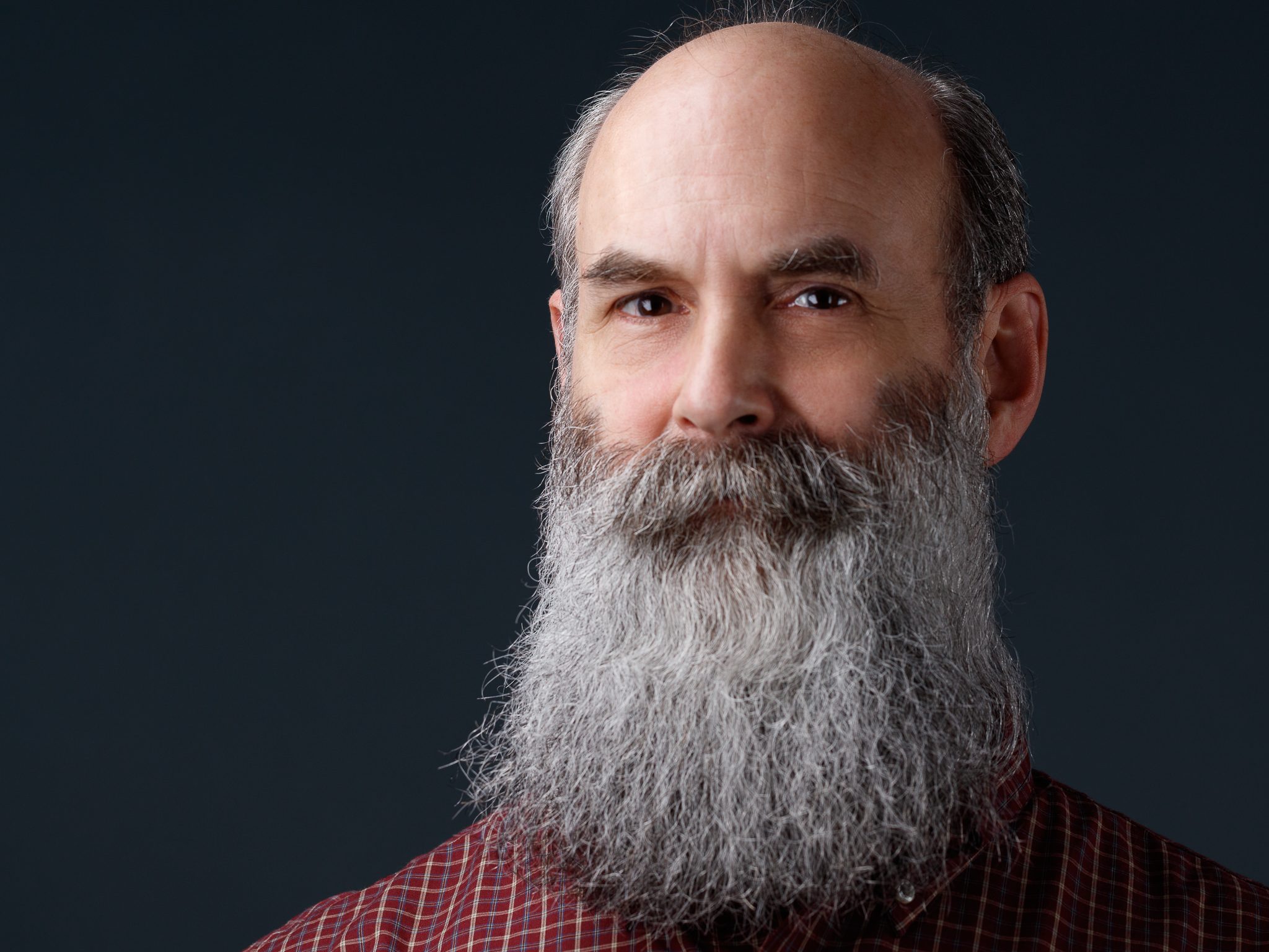Let’s start with the easy part, projecting current growth out for 10 days.
The 5 day running average of new cases per day is just shy of 29,000. I’ll use that for the case projection today. However, that running average has been declining over the last 4 days. If it continues to decline, I may switch to a projection based on percentage decline. I’ll keep an eye on those numbers. The situation is less clear with new deaths per day. We saw declines on Sunday and Monday, but an increase on Tuesday. In theory, declines in deaths should lag behind cases by about a couple of weeks. So I’m going to keep projecting the growth based on the 5 day percentage growth rate, currently at 9%. Here are the numbers:
| Cases | Deaths | |
| Current | 614,944 | 26,086 |
| 4/15 | 643,927 | 28,434 |
| 4/16 | 672,910 | 30,993 |
| 4/17 | 701,893 | 33,782 |
| 4/18 | 730,876 | 36,823 |
| 4/19 | 759,859 | 40,137 |
| 4/20 | 788,842 | 43,749 |
| 4/21 | 817,825 | 47,686 |
| 4/22 | 846,808 | 51,978 |
| 4/23 | 875,791 | 56,656 |
| 4/24 | 904,774 | 61,755 |
There are a number of outstanding questions as we begin to see the numbers decline. I mentioned one of them on Monday, to what extent are these declines due to testing limitations rather than an actual decline in infections? Nate Silver posted an excellent analysis addressing that question, so I refer you to his article as it is more comprehensive than my comments would be. It is available at https://fivethirtyeight.com/features/new-york-coronavirus-curve/ . The short version is that by comparing testing levels the timing of declines across regions of New York state, Nate reasons that the declines are likely the result of social distancing rather than merely artifacts of limited testing. Given how strongly New York influences the national numbers (NY has approximately one third of all cases in the US), it makes sense to see Nate’s analysis as providing an answer at the national level also. The delince in national new cases per day are largely due to a decline in New York’s new cases per day. If the latter are the result of social distancing, the former likely are also. As New York continues to bend the curve downward, there are a couple of things to watch.
First, keep an eye on other states that have fairly high numbers and are still growing. There are a number of states whose growth rates are higher than the national average. Some of these, such as South Dakota, probably won’t have a huge impact due to their small populations. However, states such as Pennsylvania, Massachusetts, and Texas have high numbers and growth rates and enough population to increase the national growth rate if they don’t continue to bend their own curves downward.
This brings us to the second point to watch, how states respond to the declines in new cases per day. As the growth rate slow and stalls, states will want to relax social distancing restrictions. If a state relaxes them too quickly, we’ll see a resurgence in growth. Unfortunately, it will take time for that resurgence to be noticed, and even more time for it to be controlled. If, for example, Texas were to drop restrictions too quickly, it could see even faster growth rates than it currently has. But without an extensive and ongoing testing program, it will take time to notice that increase. If it takes 10 days to notice and respond to the increase, it will take at least two weeks longer for that response to have its full effect. Thus an error in relaxing restrictions could easily have effects for more than 3 weeks. 3 weeks is forever. To put that in perspective, the US has 11 times more cases now than it did three weeks ago, and that’s during a period when we were putting widespread social distancing restrictions into place. Navigating the relaxation of restriction is like driving a loaded barge, you can’t just change direction when you want. Instead, you have to act now for the effect you want to achieve later.
To make matters more difficult, there’s no manual for how to do this successfully. We just haven’t seen this type of situation before, at least not during an era when we had the communications and information infrastructure to learn from it. So countries will be making their best guesses and trying to learn from each others’ mistakes. But the mistakes will be costly, and we’ll need to continue learning until a vaccine can be developed and widely deployed. Most estimates put that no earlier than early 2021.
So we’re in for a bit of a bumpy ride for a while, even though it will hopefully not be as harrowing on a day to day basis as the last two months have been.
Be safe, be healthy, and as one of my favorite poems concludes, “whatever your labors and aspirations, in the noisy confusion of life, keep peace in your soul. With all its sham, drudgery and broken dreams, it is still a beautiful world. Be cheerful. Strive to be happy.” (Max Ehrmann, Desiderata, https://www.desiderata.com/desiderata.html )
